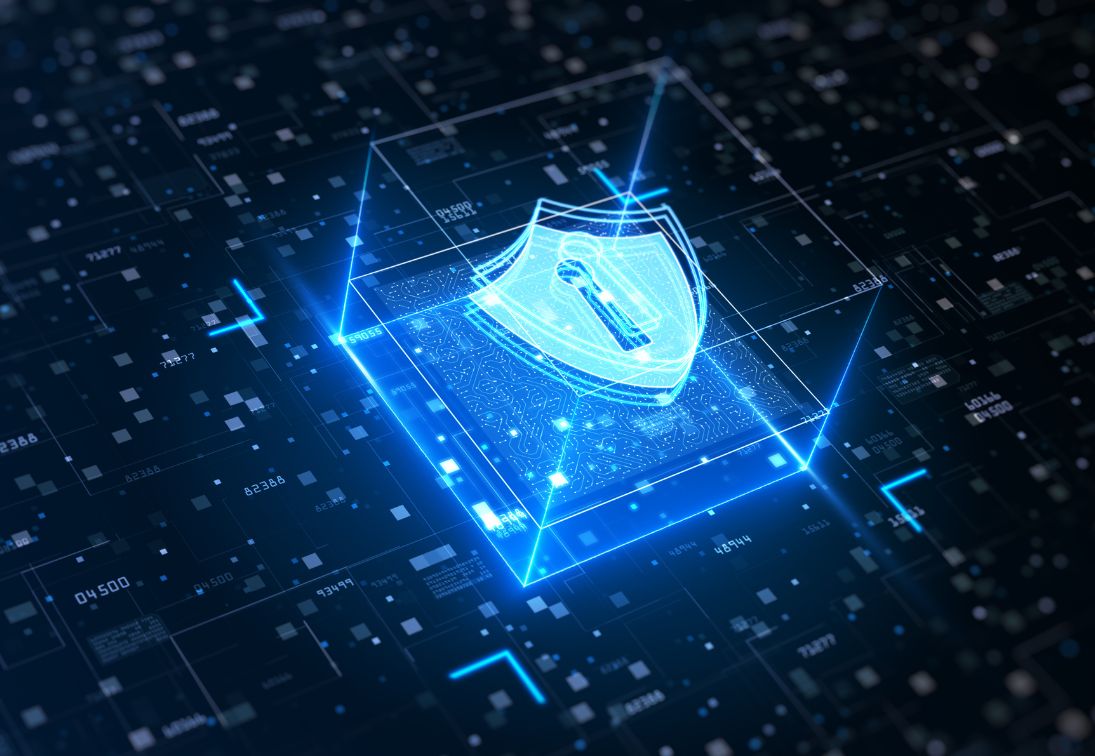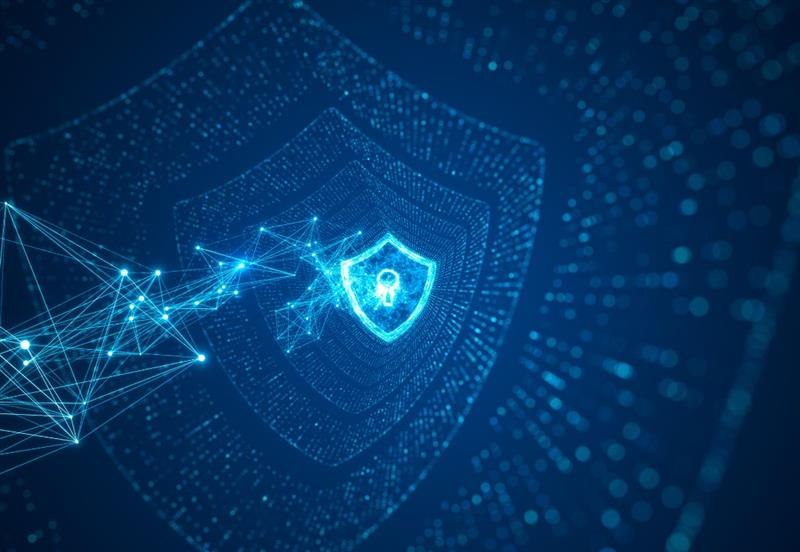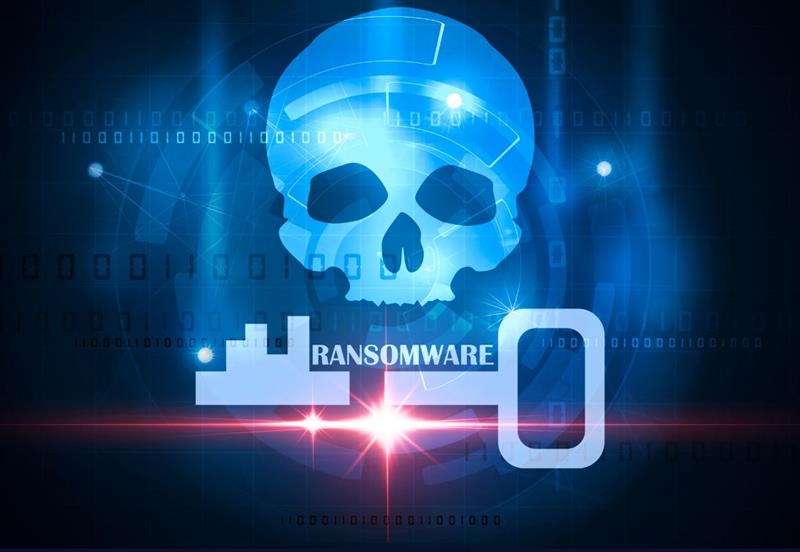Information Security Standards: Introduction
International information security standards such as ISO 27001 and the NIST Cybersecurity Framework (CSF) provide structured practices for protecting sensitive information, mitigating cyber risks, and ensuring regulatory compliance. In today’s digital age, information security is a fundamental requirement for every business, large or small.
Beyond reduction Security risks, application of these standards Strengthens customer trust, improves the organization's resilience against threats, and aligns business activities with Global security requirements.
How can organizations effectively adopt and integrate these security frameworks? In this guide, we will review the fundamental principles, key differences between ISO 27001 and NIST, and practical steps for successful implementation.
What are information security standards and why are they essential?
Information security standards are a collection of guidelines, policies, and best practices designed to protect an organization's data from unauthorized access, cyberattacks, and security breaches.
Leading security standards:
- ISO 27001 – An international standard for information security management systems (ISMS) that includes risk management, security policies, technical controls, and business continuity planning.
- NIST Cybersecurity Framework (CSF) – A cyber risk management framework developed by the National Institute of Standards and Technology in the US, which helps organizations identify, protect, detect, respond to, and recover from cyber threats.
- SOC 2 Type II – A security standard for cloud service providers, ensuring the implementation of strict security controls to protect customer data.
ISO 27001 – A comprehensive information security framework
ISO 27001 supplier structured method For cyber risk management by Establishment and maintenance of an information security management system (ISMS).
Key principles of ISO 27001:
- Risk identification and assessment – analysis of possible cyber threats and their impact on the organization.
- Security policy and corporate governance management – defining policies and procedures for safeguarding sensitive information.
- Technical security controls – implementing encryption, access control, and secure authentication methods.
- Business continuity and disaster recovery – establishing strategies for business resilience in the event of an attack.
- Periodic reviews and continuous improvement – periodic tests to ensure compliance with the standard and improve security levels.
The business benefits of ISO 27001:
- Reducing exposure to cyber risks and data breaches.
- Improving credibility with customers, suppliers and regulatory authorities.
- Compliance with regulatory requirements Such as GDPR, SOC 2, and HIPAA.
NIST Cybersecurity Framework – A practical approach to managing cyber risks
NIST CSF supplier A flexible and scalable framework for managing cyber risks, which enables organizations protect critical business infrastructure.
The five key functions of NIST CSF:
- Identify – asset mapping, vulnerability identification and security risk assessment.
- Protect – Implementing security controls to protect systems and data.
- Detect – Network activity monitoring to identify threats in real time.
- Respond – Creating incident response plans to minimize damage.
- Recover – Define disaster recovery plans to quickly restore business operations.
Why choose NIST?
- A scalable framework suitable for organizations of any size.
- Comprehensive security methods to deal with advanced cyber threats.
- Proactive protection against AI-based attacks and zero-day vulnerability exploitation.
How to implement information security standards in an organization?
Conduct a Risk Assessment & Security Gap Analysis
- Review of existing security measures – identifying weaknesses and areas for improvement.
- Comparison with ISO 27001 & NIST requirements – building an action plan to address security gaps.
Develop Security Policies & Procedures
- Defining policies for managing sensitive data – determining user access policies, encryption procedures, and security processes.
- Creating a security incident response plan – planning processes for identifying, responding to, and recovering from cyber attacks.
Implement Advanced Security Technologies
- Multi-Factor Authentication (MFA) – Strengthening access controls.
- Security Information and Event Management (SIEM) – Real-time threat identification and response.
- Security Information and Event Management (SIEM) - Real-time threat identification and response.
Employee Training & Cybersecurity Awareness
Security workshops and phishing attack simulations – educating employees to identify and avoid cyber threats.
Conduct Security Audits & Compliance Assessments
- Penetration Testing – Detecting weaknesses before attackers exploit them.
- ISO 27001/NIST certification process – working with external auditors to ensure compliance with international security standards.
YKUM: The path to successful implementation of security standards
- ISO 27001 – a structured method for comprehensive information security management.
- NIST CSF – A flexible framework for real-time cyber risk management.
- Implementing advanced security controls, encryption, and access management.
- Employee training and awareness of cyber threats.
- Regular security audits to ensure compliance with standards.
Organizations that adopt leading information security standards will not only strengthen data protection and ensure regulatory compliance, but will also build trust with customers, strengthen their cyber defenses, and ensure long-term business stability.
Written by: Idan Zabari, Information Security and Strategy Expert IT
Cybersecurity and IT – Two Words, One Solution












